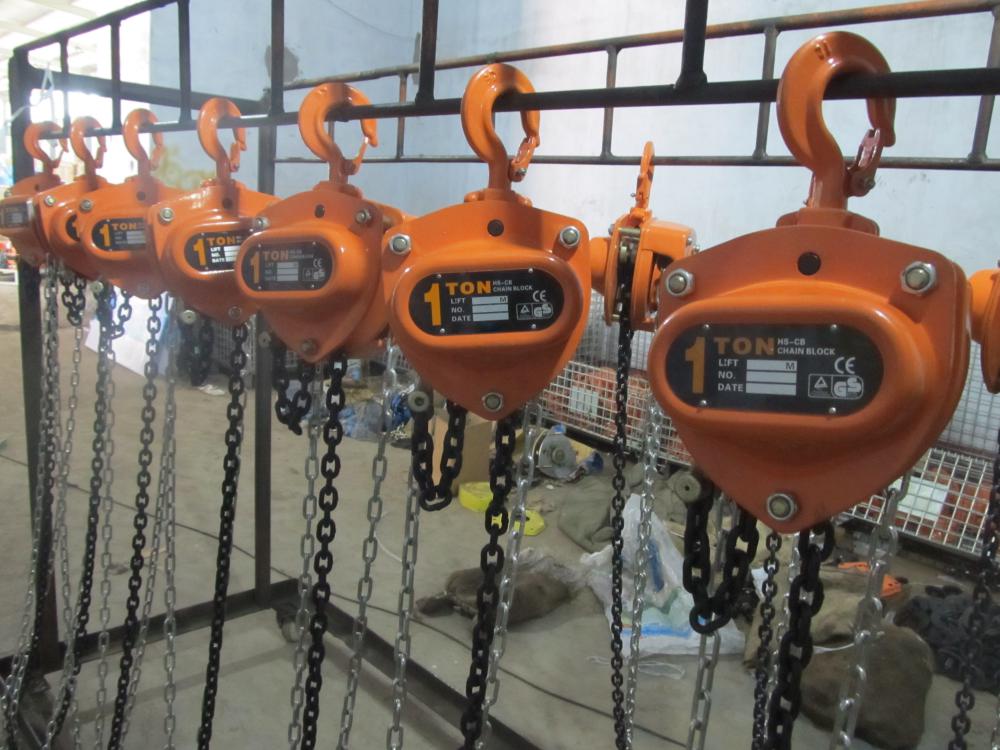Recently, the Ministry of Finance and the State Administration of Taxation raised the consumption tax on refined oil products twice. Together with the value-added tax, urban construction tax, education surtax and local education surcharge, the turnover tax on gasoline and diesel in China increased to 34% and 31% respectively. In this regard, many local car companies are worried.
Since the relevant departments changed the road maintenance fee to the fuel consumption tax in 2008, they once said that they would “adjust the tax on the opportunityâ€, but since the international oil price has remained high, they have never found a suitable time. The author believes that the six-year gap period has set aside time for the technological transformation and upgrading of local car companies.
The levy of fuel tax is a common practice in all countries in the world. It converts the road maintenance fee to be paid for each vehicle into taxes and fees, which embodies the principle of fairness of “multiple use and overpayment, less use and less paymentâ€. European and Japanese fuel tax rates are high, as are small displacement vehicles and clean energy vehicles. China's current fuel tax level is similar to that of California, which is significantly lower than Europe and Japan.
Increasing fuel taxes is of great importance to the automotive industry. On the one hand, it can guide the concept of consumption and force the “oil tiger†cars to fade out of the market, which will help the technologically advanced, energy-saving and clean cars to occupy the market, thus promoting the transformation of the automobile energy structure and the comprehensive energy consumption revolution.
On the other hand, it will force auto companies to accelerate the pace of transformation and upgrading. China is already the world's largest carbon emitter. In the past decade, China's total carbon emissions accounted for about a quarter of the world's total, and the new carbon emissions accounted for about 60% of the global increase. At the just-concluded 2014 Central Economic Work Conference, the environmental protection issue has been raised to the national-level development strategy, and in particular, China's current environmental carrying capacity has reached or approached the upper limit. According to national plans, the carbon intensity in 2020 will be 40% to 45% lower than that in 2005. On November 24 this year, China and the United States signed the "Sino-US Joint Statement on Climate Change," and China promised that by 2030, non-fossil energy will account for about 20% of primary energy consumption. In the context of the current large-scale smog, the development of a green and low-carbon economy is a must-have for China. In the future, the intensity of energy conservation, emission reduction and emission reduction will be unprecedented. Under severe environmental pressures, the automotive industry should actively transform the industrial structure and product structure, and formulate the goals and ways of achieving energy conservation and emission reduction during the 13th Five-Year Plan period. The author believes that raising the fuel tax will be a good opportunity to force the transformation and upgrading of the automotive industry.
By the end of 2020, China will achieve the first "100-year target", and China's automobile industry will surely achieve greater development, but the premise is that it must greatly reduce the fuel consumption of various types of automobiles in China and comprehensively change the structure of China's automobile energy. The automotive industry should make its own contribution to the realization of our country’s commitment to the international community. Of course, more important than technical measures is that China's auto industry authorities and local auto companies must transform their development methods, accelerate transformation and transformation, and jump out of the "formalism" development.
WinnerLifting deals with large ranges of hoists,including Lever Hoists,electric power hoists,and their accessories.
Basically hoist is a mechanical device used for lifting heavy duty loads of cargo and equipment.It is made by a pulley,which is held together by a closed chain,and the chain forms a loop inside,which makes easier to be pulled by hand power or electrical power.
You can get or even customize the hoist you need here,it would be great to put your own design or logo on each hoist,right?
And there are more we can do for you,like tackles,Beam Clamps,everything related to this lifting device.

Wire Rope Hoists,Electric Hoists,Snatch Block,Beam Clamps
WINNERLIFTING(H.K.)INT'L TRADING LIMITED. , http://www.ratchetstrap.de